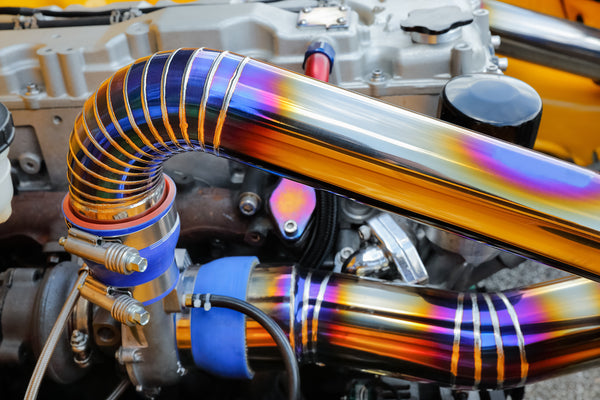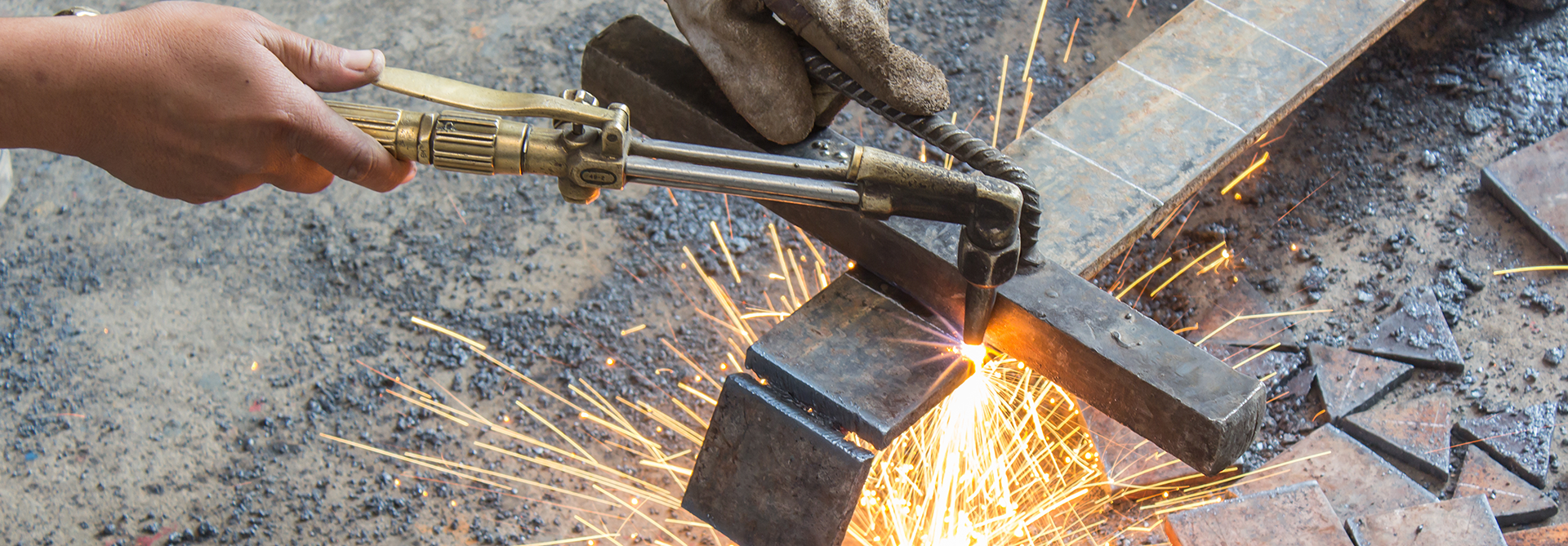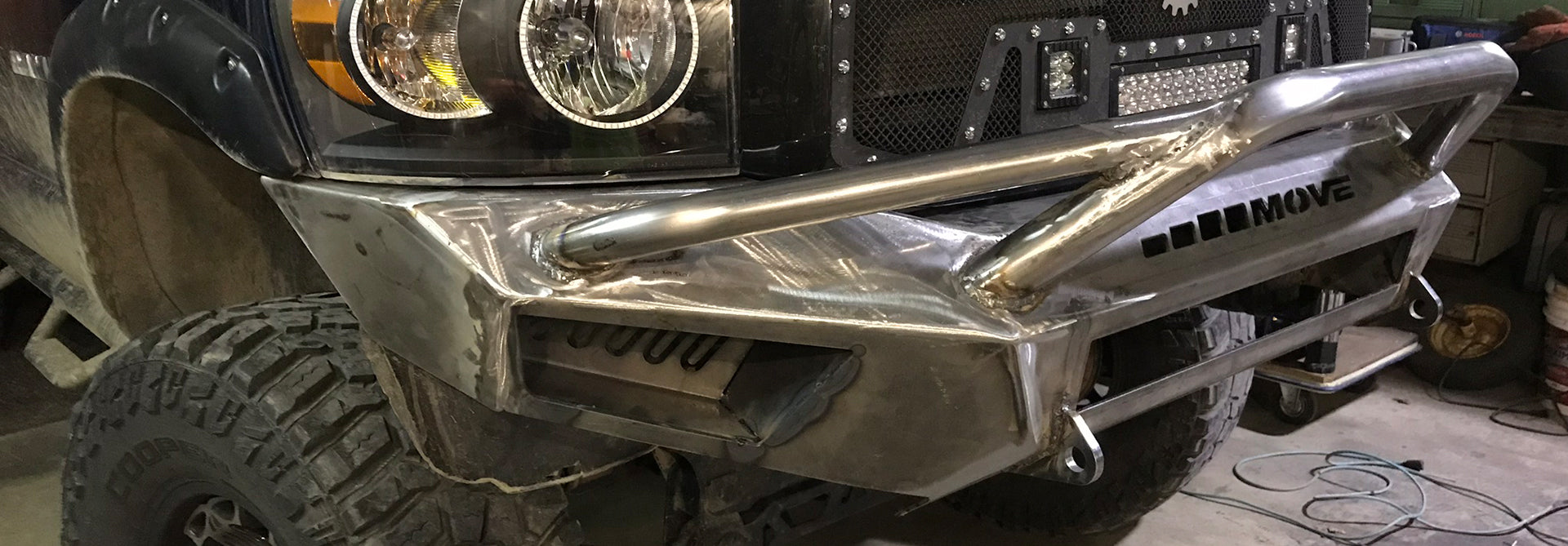When it comes to precision in automobile welding, TIG is king but there's a place for MIG as well.
What process you choose is more than just a simple assessment of your skills. Just because you know how to TIG doesn’t mean it’s always the answer, and the same is true with MIG. If you look at the real automobile experts, they aren’t all TIG all the time. Instead, they know when and where you should use the right process to get the job done. Maybe you’re wondering whether you should take the plunge into TIG welding. Or maybe you’re a TIG welder who’s wondering why you’d need to MIG. These are the exact type of questions this guide will answer.

Why MIG?
First off, let’s address the obvious answer. MIG is simply more beginner-friendly to get started. The deadly balance between controlling your arc and adding filler material is mostly controlled by the machine and the settings you chose before your weld even begins. Of course, being able to weld and being able to weld well are different challenges entirely. Truly mastering the MIG Process can take years or even decades.
Beyond being easier to learn, there are still circumstances where MIG is the right answer whether you know how to TIG or not. MIG might be messier, but if your material can take it, you can just hold that trigger down and fly through your welds. For instance, a lot of professional racing stock cars use a mild steel chassis. Often, a MIG machine can more efficiently make repairs or alterations than a TIG welder (assuming the material is thick enough). Sure it takes more clean-up, but generally this has to be done anyway for a chassis.
Ultimately, a lot of automobile work can be done with a good MIG machine and a grinder. The two main areas of weakness often come down to aluminum and precision work.
MIG welding aluminum can be very difficult. Most MIG machines have trouble with aluminum. Some machines offer additional packages with specialized equipment just for welding aluminum. While this helps, it’s often meant for working on thicker pieces than you’ll use in automobile welding. Generally, MIG machines simply create too much heat for aluminum material, causing serious warpage and over penetration.
Because of the way MIG welding works, it’s messier. You get more spatter. On body panels, roll cages or chassis, this doesn’t matter because you’re usually going to clean it up anyway. But if you’re working on a radiator or intercooler pipes, sputtering molten metal everywhere is going to be a problem. On parts like these, getting in there with a grinder is going to cause more harm than good. With these types of precision situations, MIG welding isn’t impossible, but it is much more difficult.

Why TIG?
TIG welding gets a reputation as being the most difficult process to learn, largely based on how much is required at once. It’s like rubbing your belly and patting your head while driving a car without brakes. At any moment, a TIG welder has to be managing their heat while controlling their weld pool and direction and also adding the correct amount of filler material at the appropriate time. Both hands and (often) at least one foot will be doing separate movements at once. However, once the process becomes muscle memory, TIG becomes much more manageable.
So, TIG is more difficult when getting started. But there are other downsides to TIG welding. It’s clean and precise but slower. Often thicker mild steel parts can be MIG welded much quicker (even when you include the clean-up time). For this reason, TIG welding should never be viewed as a fits-all solution.
TIG welding excels in the areas where MIG struggles. AC TIG is generally regarded as the best way to work with aluminum. While MIG can be used to quickly weld thicker aluminum pieces, it often requires extra equipment and lots of additional clean up. Therefore, it’s not much of a solution for a lot of projects. For instance, if you’re working with aluminum pipes for turbo intercooling, TIG is the answer in 99% of cases.
TIG welding also requires less clean up (if you know what you’re doing). This means less (or no) spatter and more precision with your weld. For this reason, most experts prefer TIG welding for smaller, delicate parts you’ll often find under the hood.
Finally, another often overlooked aspect is that TIG welding can use less amperage to create the same weld compared to MIG. Amperage equals heats which equals warpage. So the less amperage, the less distortion. And when you’re dealing with thin material that’s common in automobile welding, warpage is an issue. For instance, you can MIG weld body panels. But technically you could TIG the same welds with less heat and therefore have to worry about less distortion.

Which is right when both MIG and TIG will work?
For some parts, both processes can get the job done (such as patch repairs for body panels). The right one is whichever process you’ve got the skills and equipment to do best. Let’s say you’ve been MIG welding for years and just started working with TIG. You’ve got a Millermatic 211 you love and a TIG machine you bought to learn on but it’s not the best. Then MIG should probably be your answer.
On the flip side, we said it’s much faster to MIG than TIG, but if you’ve been TIG welding since you were 6-years old and rarely MIG, then TIG is probably going to be faster for you.
If you’re planning on using both MIG and TIG, you should check out the newest multi-process machines.







